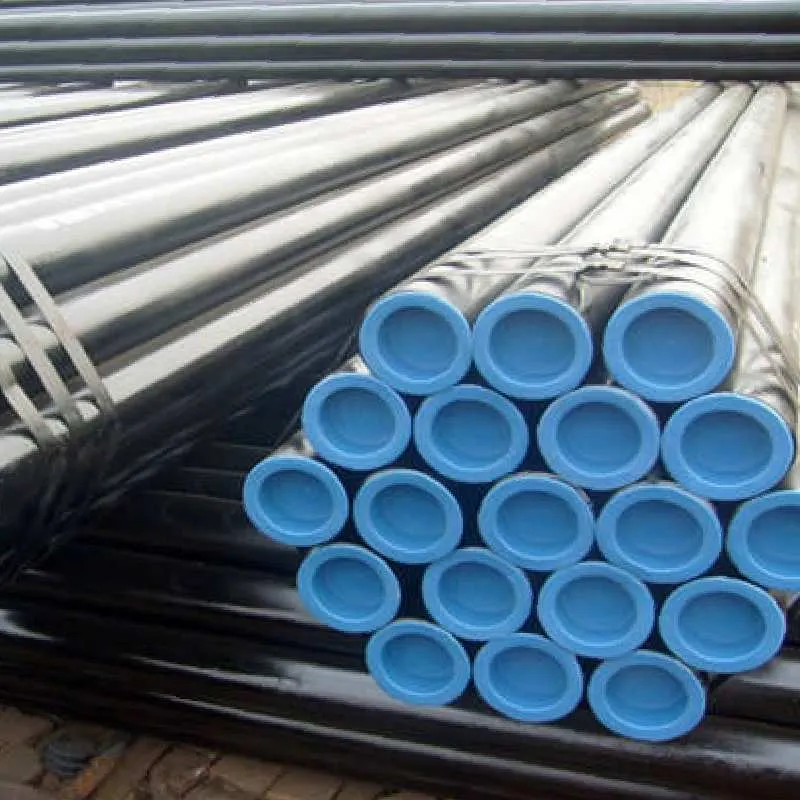-
Cangzhou Yulong Steel Co., Ltd.
-
Phone:
+86 13303177267 -
Email:
admin@ylsteelfittings.com
- English
- Arabic
- Italian
- Spanish
- Portuguese
- German
- kazakh
- Persian
- Greek
- French
- Russian
- Polish
- Thai
- Indonesian
- Vietnamese
- Zulu
- Korean
- Uzbek
- Hindi
- Serbian
- Malay
- Ukrainian
- Gujarati
- Haitian Creole
- hausa
- hawaiian
- Hebrew
- Miao
- Hungarian
- Icelandic
- igbo
- irish
- Japanese
- Javanese
- Kannada
- Khmer
- Rwandese
- Afrikaans
- Albanian
- Amharic
- Armenian
- Azerbaijani
- Basque
- Belarusian
- Bengali
- Bosnian
- Bulgarian
- Catalan
- Cebuano
- China
- China (Taiwan)
- Corsican
- Croatian
- Czech
- Danish
- Esperanto
- Estonian
- Finnish
- Frisian
- Galician
- Georgian
- Kurdish
- Kyrgyz
- Lao
- Latin
- Latvian
- Lithuanian
- Luxembourgish
- Macedonian
- Malgashi
- Malayalam
- Maltese
- Maori
- Marathi
- Mongolian
- Myanmar
- Nepali
- Norwegian
- Norwegian
- Occitan
- Pashto
- Dutch
- Punjabi
- Romanian
- Samoan
- Scottish Gaelic
- Sesotho
- Shona
- Sindhi
- Sinhala
- Slovak
- Slovenian
- Somali
- Sundanese
- Swahili
- Swedish
- Tagalog
- Tajik
- Tamil
- Tatar
- Telugu
- Turkish
- Turkmen
- Urdu
- Uighur
- Welsh
- Bantu
- Yiddish
- Yoruba

Nov . 08, 2024 05:10 Back to list
Join Two Pipes Using Welding Techniques for a Secure Connection
Welding Two Pipes Together Techniques and Considerations
Welding two pipes together is a common practice in various industries, including construction, plumbing, and manufacturing. The process involves joining two metallic pipes in a secure and efficient manner, ensuring structural integrity and functionality in the final assembly. This article will explore the techniques, materials, and essential considerations involved in welding pipes, along with safety practices to uphold during the process.
Types of Welding Techniques
There are several methods to weld pipes, each with its unique advantages and applications
1. Shielded Metal Arc Welding (SMAW) Also known as stick welding, this method utilizes a consumable electrode coated with flux to create an arc between the electrode and the base material. SMAW is versatile and effective for welding various metals but requires a skilled operator to produce high-quality welds.
2. Gas Tungsten Arc Welding (GTAW) Commonly referred to as TIG welding, GTAW is known for producing high-quality welds with a clean appearance. It uses a non-consumable tungsten electrode to produce the weld. A filler material may or may not be used, and the process is ideal for thin-walled pipes and stainless steel applications.
3. Gas Metal Arc Welding (GMAW) Also known as MIG welding, GMAW employs a continuous solid wire electrode that feeds through a welding gun. The process is fast and efficient, making it popular in various industries. It is suited for welding thicker pipes and metals and offers a cleaner and more controlled process than SMAW.
4. Submerged Arc Welding (SAW) SAW is typically used for heavier wall pipes and large-diameter components. This technique involves covering the weld pool with a granular fusible flux, which not only protects the weld from contamination but also improves the overall quality.
Preparation for Welding
Proper preparation is crucial for successful pipe welding. Here are essential steps to follow before starting the welding process
1. Cleaning the Pipe Surface Remove any dirt, rust, oil, or other contaminants from the surfaces to be welded. This ensures a better bond and reduces the risk of defects.
weld two pipes together

2. Alignment and Clamping Align the pipes correctly and use clamps or fixtures to hold them in position. Misalignment during welding can lead to weak joints and structural failures.
3. Choosing the Right Filler Material Select a filler material that is compatible with the base metals being welded. Consult the manufacturer’s specifications for recommendations based on the type of pipe material.
4. Determining Weld Specifications Choose the appropriate welding technique, electrode type, and parameters (such as current, voltage, and travel speed) based on the materials and thickness of the pipes.
Safety Considerations
Welding can pose risks; therefore, safety measures must be prioritized
1. Personal Protective Equipment (PPE) Welders should wear appropriate clothing, including gloves, aprons, safety glasses, and helmets. These minimize the risk of burns and injuries from sparks and UV radiation.
2. Ventilation Ensure proper ventilation in the workspace to prevent gas buildup and exposure to harmful fumes. Utilizing exhaust fans and working outdoors can help maintain clean air.
3. Emergency Preparedness Have a first aid kit readily available and ensure all personnel know the locations of fire extinguishers. Understanding emergency procedures can help mitigate potential accidents.
4. Training All individuals involved in welding operations should receive proper training in welding techniques, safety practices, and equipment handling to ensure a safe work environment.
Conclusion
Welding two pipes together is a critical skill across several industries, requiring careful preparation, correct technique, and strict adherence to safety practices. With advancements in welding technology and a growing understanding of materials and methods, welders can produce high-quality joints that enhance the functionality and longevity of the piping systems. By following established welding protocols and prioritizing safety, the welding process can be conducted efficiently and effectively, contributing to successful project outcomes.
Latest news
-
ANSI 150P SS304 SO FLANGE
NewsFeb.14,2025
-
ASTM A333GR6 STEEL PIPE
NewsJan.20,2025
-
ANSI B16.5 WELDING NECK FLANGE
NewsJan.15,2026
-
ANSI B16.5 SLIP-ON FLANGE
NewsApr.19,2024
-
SABS 1123 FLANGE
NewsJan.15,2025
-
DIN86044 PLATE FLANGE
NewsApr.19,2024
-
DIN2527 BLIND FLANGE
NewsApr.12,2024
-
JIS B2311 Butt-Welding Fittings LR/SR 45°/90° /180°Seamless/Weld
NewsApr.23,2024











